Spring is my favorite time of the year. The summer is fun, but it’s the season when the fun is now. Spring is all about promise. The coming of summer and a beautiful fall. As a nature lover, I especially love Spring’s promise of new life. While I could do without some wildlife (skunks are the bane of my late night walks), for the most part the increase in local wildlife is a joy to see. Perhaps the most drastic instance of more animals here in Illinois is the increase in the bird population. A combination of new baby birds being born and the migration of birds back to the area is quite dramatic. Local ponds suddenly spring to life this time of year with ducks and geese.
When you add the beautiful weather to the increase in birds, Spring becomes the perfect season for birding. It isn’t hard to see a wide variety of birds in Spring if you know where to look. We should all be getting outside a bit more, and I’m going to run through a brief list of tips for birdwatching, as well as a rundown of some of the gear you’ll want to have along for the most birding success!
First, you have to find the birds. Fortunately, there are a number of places you can find them. Since it’s Spring, you’re going to want to check Migration Flyway Routes. In North America there are four of these routes. The names are pretty indicative of where they’re located, with the Atlantic Flyway running along the Eastern seaboard, the Mississippi Flyway running along the Mississippi River right through the heart of America, the Central Flyway running down through the Gulf of Mexico and taking up a big portion of the middle of the country, and the Pacific Flyway running along the Western seaboard. Each of these flyways has some distinct bird species, but you’re mainly going to be looking for migrating birds. Along the Central Flyway you’ll often see songbirds and hummingbirds, especially in the Southern portions of the flyway. Along the Pacific Flyway you can see elf owls and a few types of warblers. In parts of the Atlantic Flyway you can find short-tailed hawks and American Flamingos, which are a lot of fun. Along the Mississippi Flyway that we here in Illinois are a part of you can see majestic bald eagles, pelicans and upland sandpipers. Flyways are a great place to look for birds in the Spring.
If you want to keep to a simpler and closer birding area, hiking in local parks is a great choice! Make sure the park or garden you choose has early blooming trees and flowers, as they’re more likely to attract birds earlier in the season, as many birds stick around once they’ve found a good spot. Some birds are attracted to the nectar from the flowers. Others like the seeds. These parks often have a fair bit of grass, which attracts varieties of ground feeding birds. Parks can be a real treasure trove of birds in the Spring.
Waterways are another smart place to look for birds. It’s no coincidence that one of the flyways in North America runs along the Mississippi River. Birds need to drink, and many find their food in rivers and lakes. If you’re near a river, there’s a good chance some birds will stop by on their way North.
A really fun way to not only find a lot of birds but also mingle with other birders is at a bird festival. Most of these festivals are scheduled at the perfect time and place to see a particular species, which makes it really easy to see some great wildlife. If you’re new to birding, don’t be intimidated. Most birders are not only willing to share their passion, but truly excited about the chance to help someone else discover the fun of birding.
If you can’t get away long enough to go visit the best birding spots, you can always try to make the birds come to you! There are quite a few things you can do to make your backyard more appealing to birds. Consider their needs. Food, water, shelter and material for nests are all necessary to attracting birds. Cleaning up your yard is usually a good start, and adding things like bird baths, houses and feeders as well as planting a few different types of flora can all add to your chances of bringing a bit of birding fun to your yard. A few years ago I planted a hummingbird bush for my mom on Mother’s Day. Also known as Flame Acanthus or Wright Anisacanth, these bushes not only attract hummingbirds, but also butterflies, bees and other birds. We didn’t get a lot of hummingbirds the first year, but one must have been living nearby last year because he was feeding at the bush a few times a week.
If you’re a dog lover, your best friend can play havoc with your yard’s ability to attract birds. Outside of the occasional hummingbird, my yard is mostly bird-free since I have two dedicated hunters patrolling the area on a daily basis.
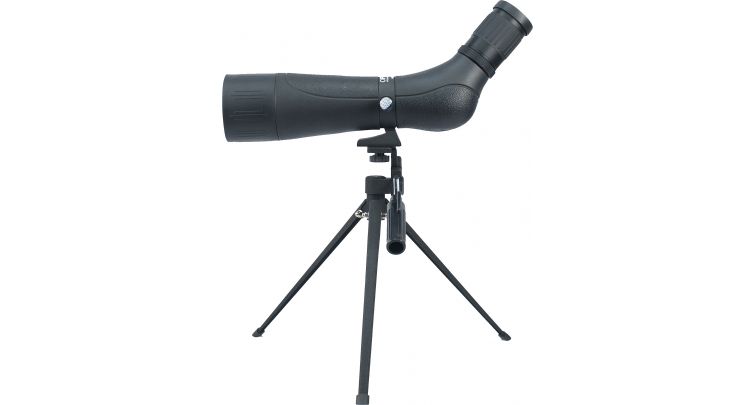
The OPMOD 20-60x60 Spotting Scope
If you have a few appealing features to your yard for birds, you can get a really good view with a spotting scope. I generally think binoculars are a better choice for birding because they’re easy to carry on long hikes, but it’s hard to beat the amazing view you can achieve with a quality spotting scope. The OPMOD 20-60x60mm Spotting Scope is a fantastic option, as the included tripod will give you a stable view for an incredibly clear and bright image. You can aim the spotting scope at a hummingbird bush or bird feeder so that as soon as a hummingbird stops by all you need to do is make a quick adjustment and you’re up close and personal with one of these beautiful birds. Spotting scopes are also great for digiscoping purposes, so if you equip your OPMOD Spotting Scope with a universal camera adapter like the Yukon Universal Digital Camera Adapter you can capture the memory of the first hummingbird to frequent your Flame Acanthus.

Need Fantastic Binoculars? Check out the OPMOD 8x42 Binocular!
For most birding situations you’re probably going to want more portability than a spotting scope can deliver. That’s where a fantastic pair of binoculars become your best friend. Birding binoculars usually do not have the same magnification power as a spotting scope, but you can run up past a row of trees and get an immediate view of an elusive fowl.
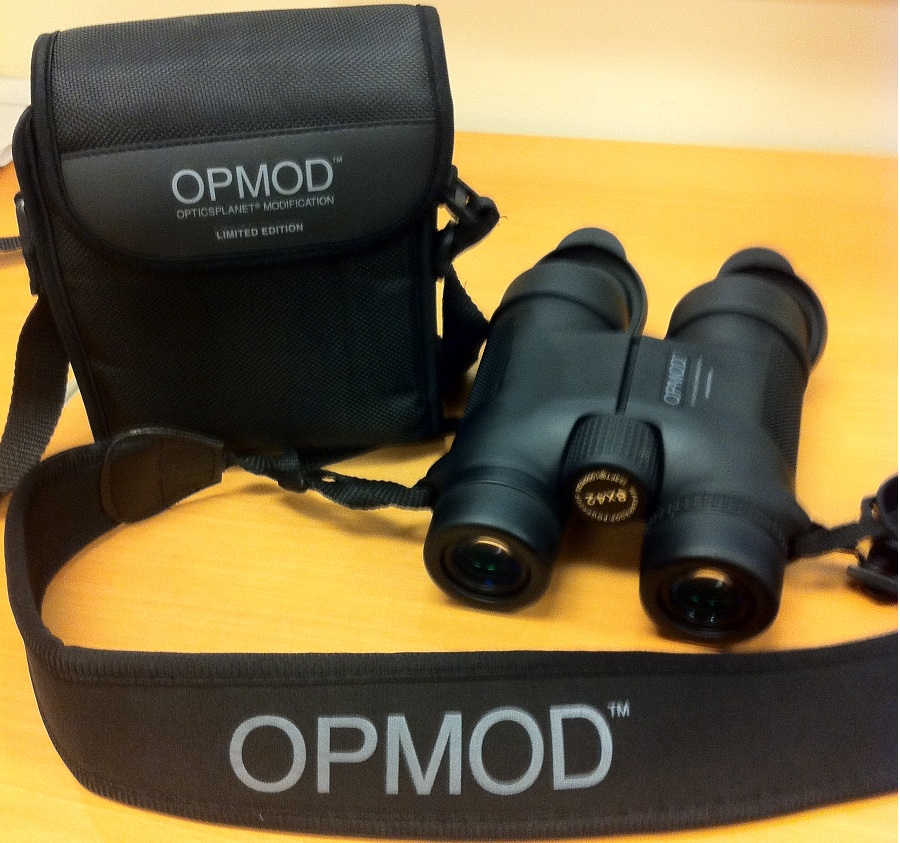
OPMOD Binos give you everything you need right out of the Box!
I like our OPMOD Binoculars for birding. They’re super tough, with waterproof, fogproof and shock resistant construction, so if you’re slogging through miles of marshland or wading into a river to see a rare swan, they’re going to hold up really well. There are two models available: the OPMOD 8x42mm Binoculars and the OPMOD 10x42mm Binoculars.
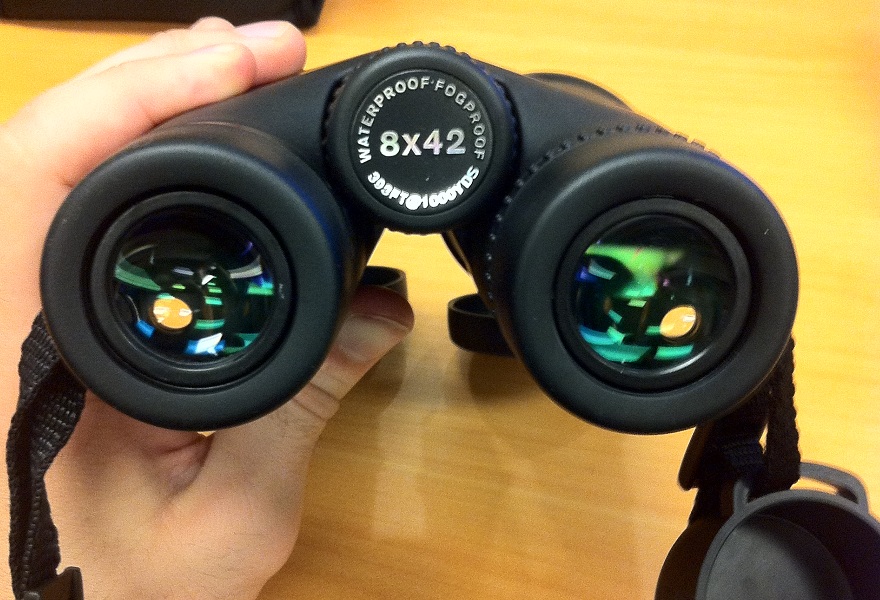
OPMOD Binoculars Ocular Lenses and Center Focus Wheel
I just recently got to take a look at the OPMOD 8x42mm Binoculars, and they are fantastic. I already mentioned the toughness, and while I didn’t really put that to the test, I did a little glassing and they felt really sturdy. They’re really easy to use, with the twist-up eyecup system allowing for quick adjustments based on your eyes, and the center focus wheel within reach of my fingers with a normal grip. As you can see from the photos, our OPMOD binoculars come with a padded carrying case, a super comfortable neck strap, ocular lens cap and flip down objective lens caps. You can flip them down with your pinkies while raising the binoculars for a quick view. I really enjoyed using them for a while, and I have no doubt they’d be perfect for long use as you track birds through the wilderness.
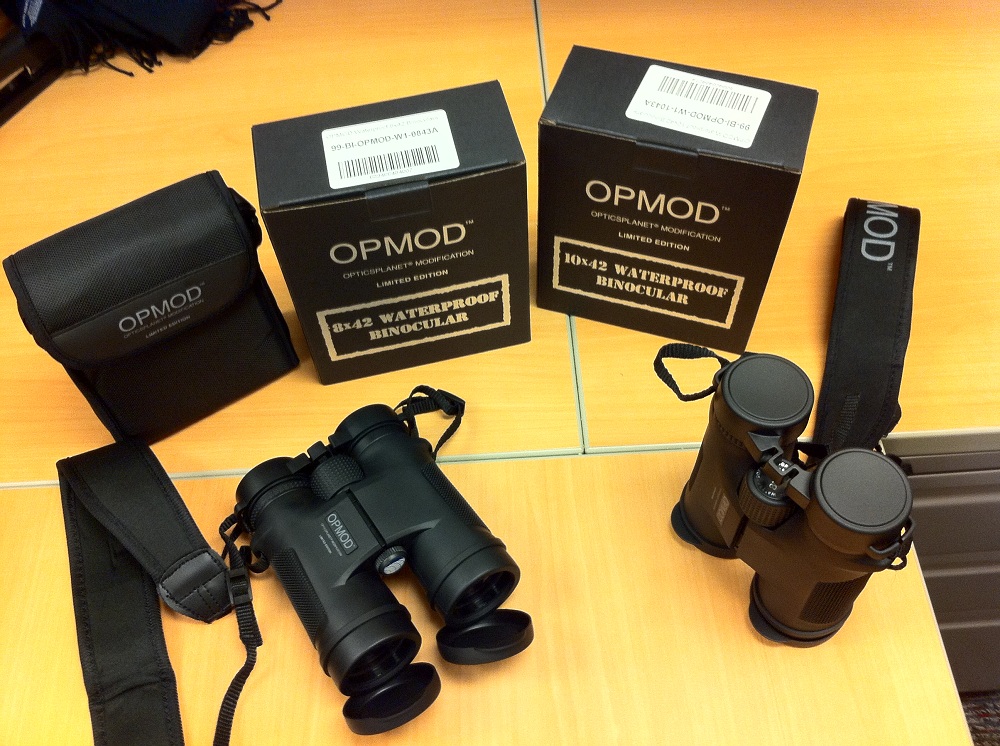
The OPMOD Binocular comesin 8x42 and 10x42 Models!
Make sure you’re well prepared for your next birding expedition by arming yourself with both the best gear like our OPMOD Binoculars as well as knowledge of the birds you’re looking for. Spring brings with it a lot of different species; some may be perched high in the trees singing a mating songs while others are picking through dense thicket to find material when building a nest. Know what type of bird you’re after and have your binoculars close at hand so you get a great view. Good luck. Now get out there and get birding!
- OpticsPlanet, Inc. Celebrates 20 Years of Gear™ - October 28, 2020
- OpticsPlanet Presents the 2019 Brilliance Award Winners - October 31, 2019
- If You Thought the Battle Mug was Awesome, Wait till you See the Bottle Opener! - June 19, 2013
Related Posts
4 Responses to Tips for Spring Birding with OPMOD Binoculars!!!
Leave a Reply
You must be logged in to post a comment.
« Steiner Police Binoculars will give you a Better View!!! For Virtual Reality and Real Life Combat the Leupold HAMR is your Best Bet! »


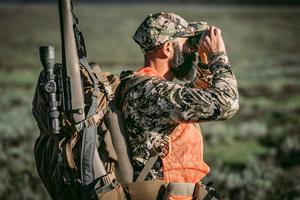

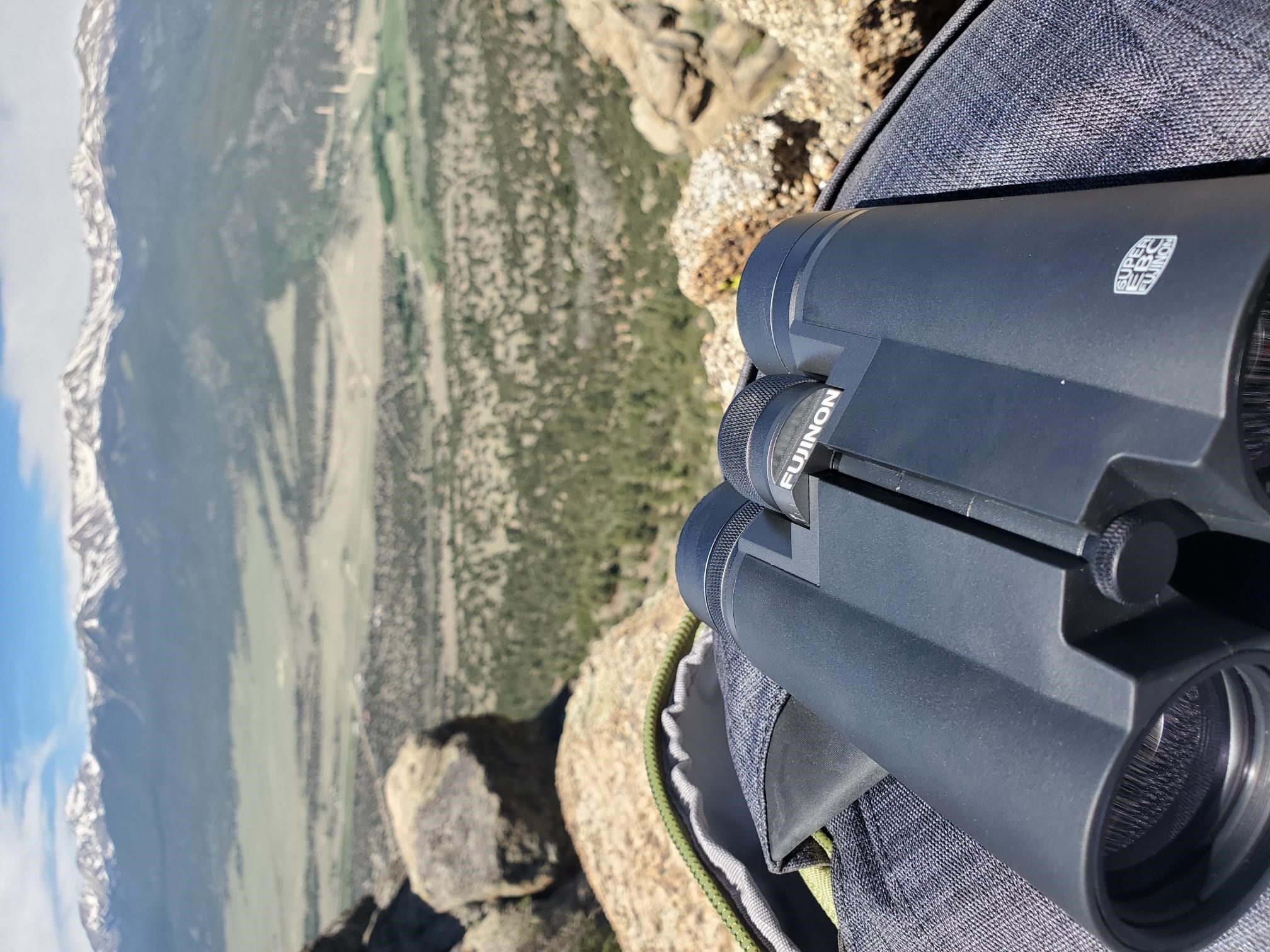

I WOULD PURCHASE THIS IF IT ALSO HAD A RAIL SYSTEM SO i COULD ADD OTHER LIGHTS, OR A LASER TARGETING LIGHT.
Ok what is new Surefire has been making replacement forearms with lights for year for both Remington and Mossberg, problem is the cost low in being 300.00. You can get a replacement forearm with a rail and attach a 1 inch mount with a tac light a do the same thing. I set up 3 shotguns for what one would cost if I did a surefire replacement forearm.